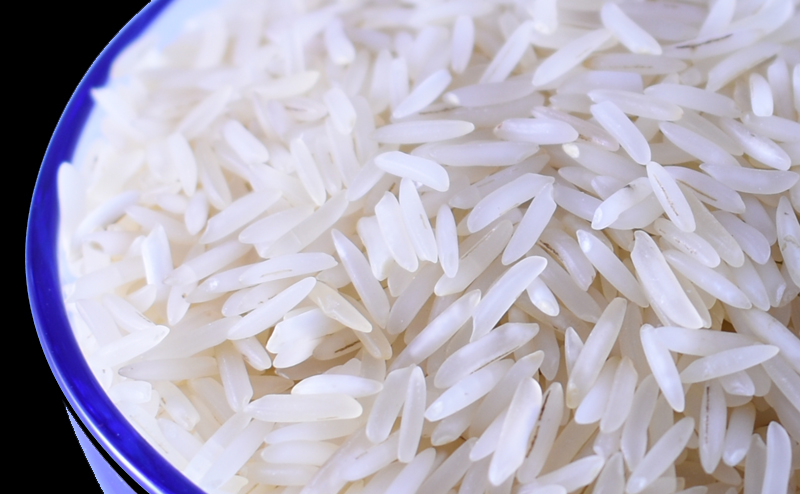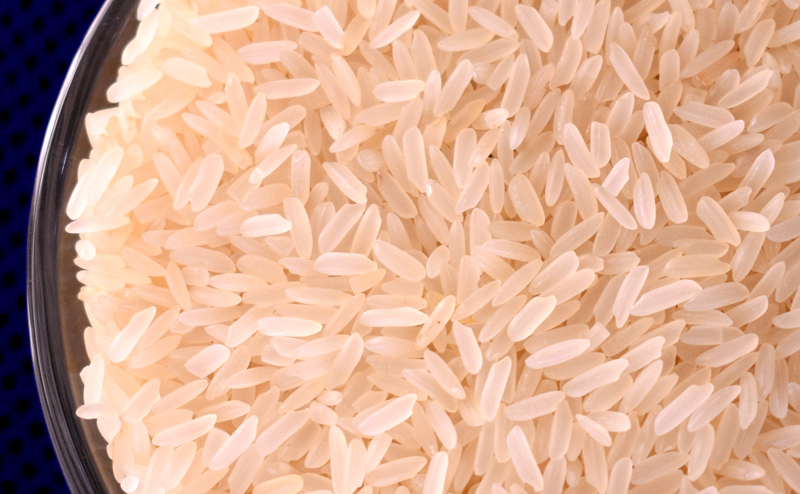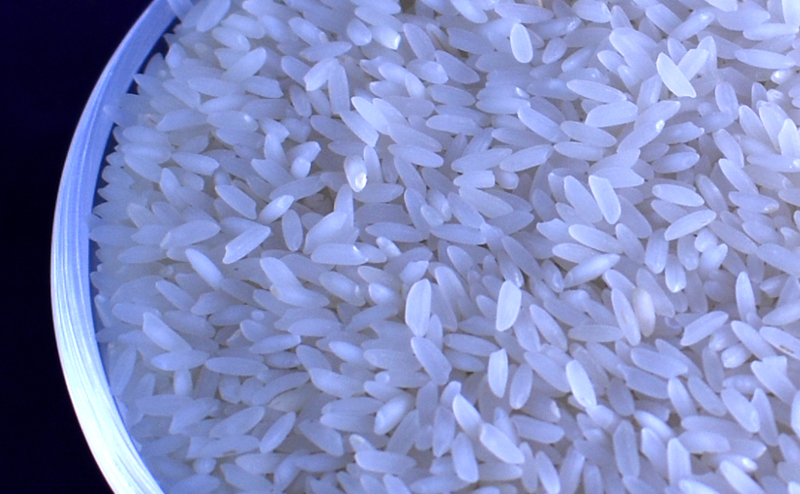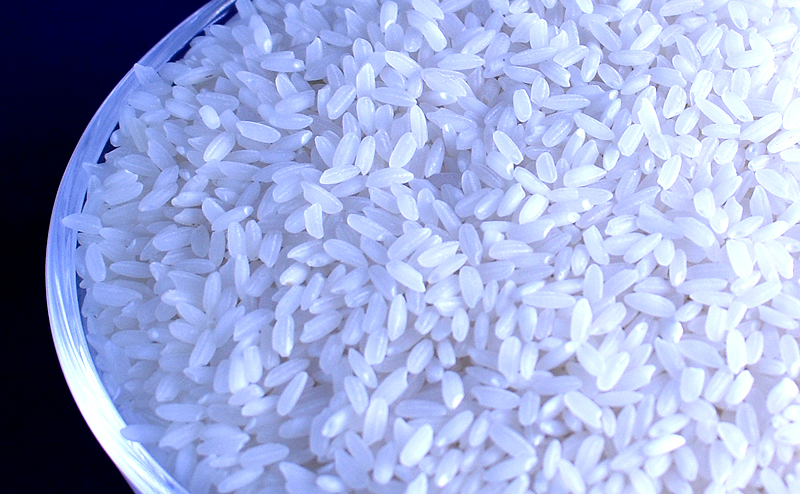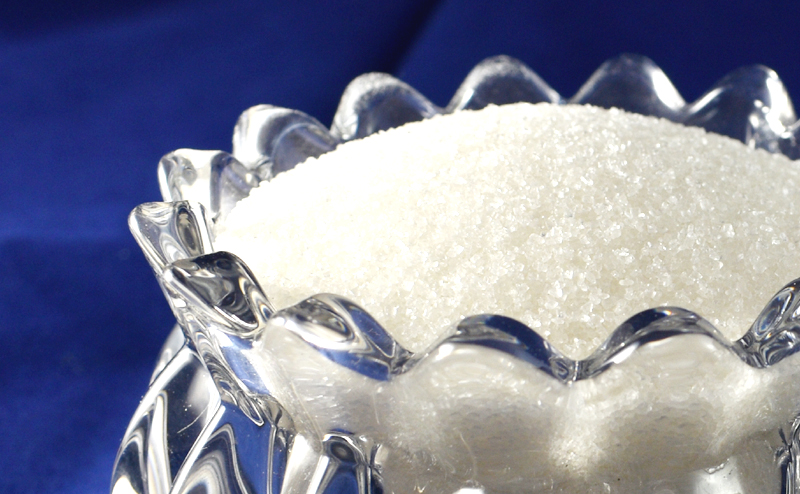Sugar Processing
Radika Exim - A Global Brand of Excellence
Sugar Processing
Sugar has been produced in the Indian subcontinent since ancient times. Sugarcane is a native of tropical Indian subcontinent and Southeast Asia.
Planting & Harvesting
Sugarcane is a tropical, perennial grass that forms lateral shoots at the base to produce multiple stems, typically 3 to 4 m (10 to 13 ft) high and about 5 cm (2 in) in diameter. The stems grow into cane stalk, which, when mature constitutes around 75% of the entire plant. A mature stalk is typically composed of 11–16% fiber, 12–16% soluble sugars, 2–3% non-sugars, and 63–73% water. A sugarcane crop is sensitive to climate, soil type, irrigation, fertilizers, insects, disease control, varieties, and the harvest period.
Sugarcane cultivation requires a tropical or subtropical climate, with a minimum of 60 cm (24 in) of annual moisture. It is one of the most efficient photosynthesizers in the plant kingdom.
Preparation & Processing
After the sugarcane arrival in sugar mill the soil and rocks are removed from it. The cane is cleaned by flooding with warm water or by spreading the cane on moving conveyors that pass through strong jets of water and combing drums (to remove larger amounts of soil, trash or leaves). At this stage, the cane is clean and ready to be milled.
Juice Extraction Pressing
At this stage, the cane is clean and ready to be processed.
Two or three heavy crusher rollers break the cane and extract a large part of the juice. As the cane is crushed, hot water (or a combination of hot water and recovered impure juice) is sprayed onto the crushed cane concurrently as it leaves each mill for diluting. The extracted juice, called vesou, contains 95 percent or more of the sucrose present. Next, the sugar is separated from the cut stalks by dissolving it in hot water or hot juice.
Purification of Juice - Clarification & Evaporation
The juice from the mills, a dark green color, is acid and turbid. The clarification (or defecation) process is designed to remove both soluble and insoluble impurities (such as sand, soil, and ground rock) that have not been removed by preliminary screening.
The muds separate from the clear juice through sedimentation. The non-sugar impurities are removed by continuous filtration. The final clarified juice contains about 84 percent water. To concentrate this clarified juice, about two-thirds of the water is removed through vacuum evaporation. Then, the syrup is seeded, cooled, and put in a centrifuge machine.
Crystallization
Crystallization is the next step in the manufacture of sugar. Crystallization takes place in a single-stage vacuum pan. The syrup is evaporated until saturated with sugar.
Centrifuging
The high-speed centrifugal action used to separate the residuals into raw sugar crystals and molasses is done in revolving machines called centrifugals.
Drying and packaging
Damp sugar crystals are dried by being tumbled through heated air. The dry sugar crystals are then sorted by size through vibrating screens and placed into storage. Sugar is then sent to be packed.
Radika Exim is closely connected with Sugar Refineries and Mills in India to bring you a majestic experience of pure sugar.

